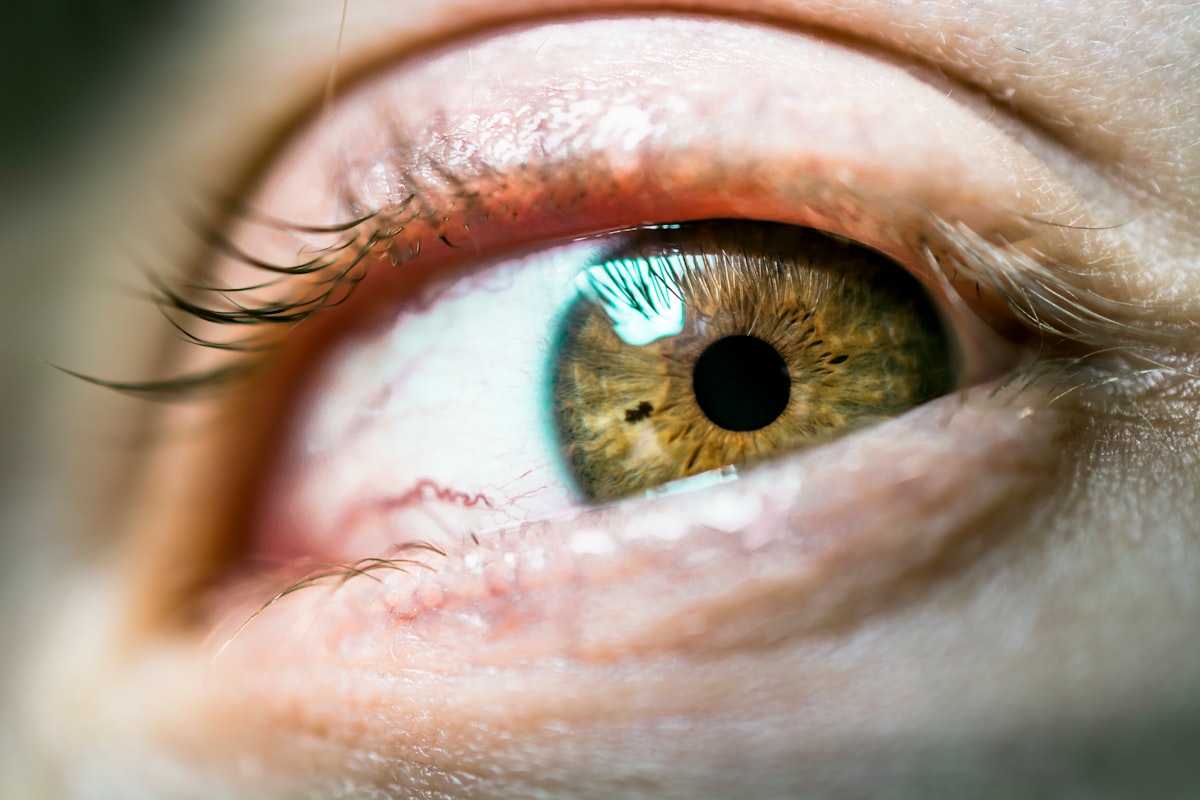People often call conjunctivitis “pink eye” because it can cause the white of the eye to take on a pink or red color. Symptoms of pink eye can vary but typically include redness or swelling of the white of the eye.
Conjunctivitis, or pink eye, is an irritation or inflammation of the conjunctiva, which covers the white part of the eyeball. It can be caused by allergies or a bacterial or viral infection. Conjunctivitis can be extremely contagious and is spread by contact with eye secretions from someone who is infected.
Symptoms include redness, itching and tearing of the eyes. It can also lead to discharge or crusting around the eyes.
What causes pink eye?
Pink eye is most often caused by a viral infection. It also can be caused by a bacterial infection, an allergic reaction or — in babies — an incompletely opened tear duct. Though pink eye can be irritating, it rarely affects your vision. Treatments can help ease the discomfort of pink eye.
Can you put MELIPONA honey in your eye for pink eye?
Previous investigations have concluded that honey might be a good remedy for ocular wounds and it is used as a panacea for eye diseases. Honey has antibacterial effect and can be used to prevent corneal scarring caused by infection Healing of bacterial corneal wound has been reported by honey.
Bacterial conjunctivitis (pink eye).
The antimicrobial properties of honey can fight a bacterial eye infection, stop it from spreading, and reduce redness, and speed healing. An older study done in 2004 analyzed honey’s antimicrobial effects against different kinds of bacteria, and demonstrated how well it can work against conjunctivitis in particular.
SBH = Stingless Bee Honey
The efficacy of the conjunctival application of a crude concentration of MELIPONA Stingless Bee Honey (SBH) for the treatment of bacterial conjunctivitis was investigated in an animal model. Bacterial conjunctivitis caused by Staphylococcus aureus or Pseudomonas aeruginosa was induced in Hartley guinea pigs. The conjunctival application of MELIPONA SBH or gentamicin was used for treatment, and the results of this treatment were compared with control values.
Inflammatory signs, duration of infection (ie, positive culture), and time for the complete resolution of infection with S. aureus or P. aeruginosa were shortened by the conjunctival application of 1 drop (70 µL) of crude SBH twice daily. The potency of MELIPONA SBH was comparable with that of gentamicin. SBH may be a rational agent for the treatment of infective conjunctivitis in humans; it is inexpensive and commonly available to the rural population.
Infection of the eye can result in conjunctivitis, keratitis, endophthalmitis, and other infections that are responsible for increased incidences of morbidity and blindness worldwide. These infections are common occurrences in the tropics and in resource-poor countries as a result of poor hygiene and environmental contaminants. Furthermore, the problems of resistance, adverse responses, and the high cost of established antibiotic compounds have given rise to the search for new anti-infective agents from natural sources for better therapeutic effects.
MELIPONA Stingless bee honey (SBH) – a natural product from a diverse group of highly eusocial bees (ie, meliponines) that comprise the tribe Meliponini in the family Apidae – has shown therapeutic potential in current research. Undiluted SBH was found to be bactericidal for many pathogenic organisms, including various Gram-negative and Gram-positive bacteria. In another study, MELIPONA SBH was more potent than the standard antibiotics against both Gram-positive and Gram-negative bacteria. In a recent study, undiluted SBH and SBH at concentrations of 60% or more were effective against isolated agents of conjunctivitis.
However, in most of these studies, the inhibition of bacterial growth was demonstrated with the use of in vitro methods. There are very few in vivo studies of the use of Melipona SBH for the treatment of eye diseases. In the current study, guinea pig conjunctivae were infected with isolates of Staphylococcus aureus and Pseudomonas aeruginosa from infective human conjunctivitis and treated with SBH or a standard antibiotic, with the aim of investigating the efficacy of MELIPONA SBH for the treatment of infective conjunctivitis.
Reference
1. Chirambo MC, Tielsch JM, West KP, Katz J. Blindness and visual impairment in South Malawi. Bull World Health Organ. 1986;64:567–572. [PMC free article] [PubMed] [Google Scholar]
2. Arias CA, Murray BE. Antibiotic-resistant bugs in the 21st century – a clinical super-challenge. N Engl J Med. 2009;360(5):439–443. [PubMed] [Google Scholar]
3. World Health Organization Use of antimicrobials outside human medicine and resultant antimicrobial resistance in humans. 2002. [Accessed on March 27, 2012]. Available from: http://www.who.int/mediacentre/factsheets/fs268/en/index.html.
4. Temaru E, Shimura S, Amano K, Karasawa T. Antibacterial activity of honey from stingless honeybees (Hymenoptera; Apidae; Meliponinae) Pol J Microbiol. 2007;56(4):281–285. [PubMed] [Google Scholar]
5. Garedew A, Schmolz E, Lamprecht I. Microcalorimetric investigation on the antimicrobial activity of honey of the stingless bee Trigona spp. and comparison of some parameters with those obtained with standard methods. Thermochimica Acta. 2004;415(2):99–106. [Google Scholar]
MELIPONA Stingless Bee Raw Honey Not Diluted 1 fl.oz / 30 ml from $19.99 ea order here.
Important Notice
Disclaimer: While we work to ensure that product information is correct, on occasion manufacturers may alter their ingredient lists. Actual product packaging and materials may contain more and different information than what is shown on our website. We recommend that you do not rely solely on the information presented and that you always read labels, warnings, and directions before using or consuming a product. Please see our full disclaimer below. The information provided for this product is for educational purposes only. This information has not been evaluated by the Food and Drug Administration and is not intended to diagnose, treat, cure, or prevent any disease. We recommend that you consult with your physician or qualified healthcare practitioner before making any significant changes in your diet. This site assumes no liability for inaccuracies or misstatements about products.




